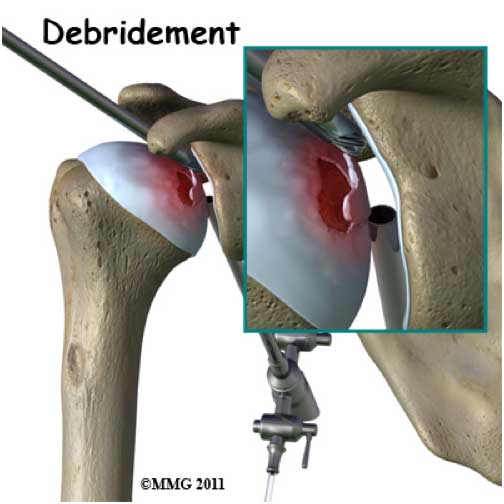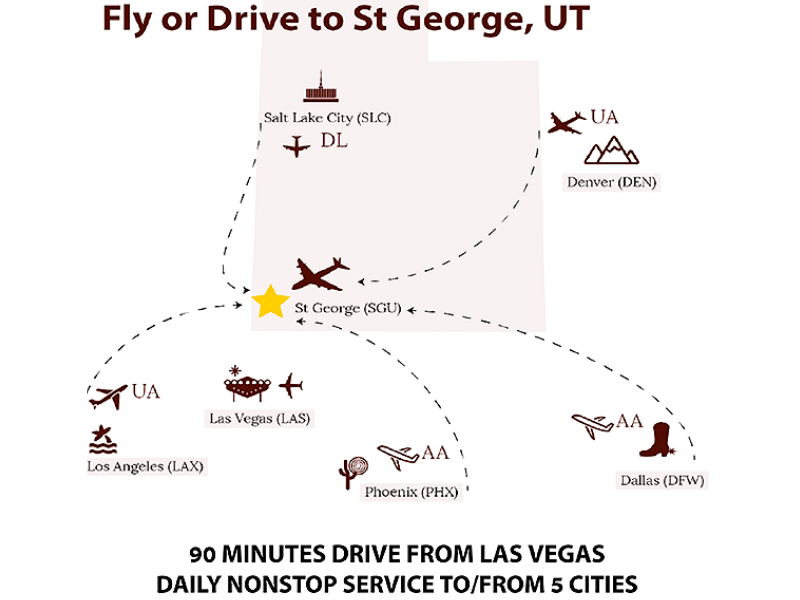Extensive Debridement, Shoulder (Arthroscopic)
Extensive Debridement–Shoulder
Extensive Debridement Shoulder is a procedure used to remove debris and damaged tissue in the shoulder joint. This procedure is performed as minimally invasive as possible by using a very small camera called an arthroscope. Your doctor may recommend this procedure if you have damaged tissue in your shoulder joint, and conservative treatments are having no effect. Extensive Debridement Shoulder Surgery is an operation to help alleviate pain and restore your range of motion in the shoulder. For those who have a rotator cuff tear that isn’t able to be formally repaired, this operation often works well. The operation should be accompanied by physiotherapy to help get the rest of your shoulder muscles moving to the best of their abilities
Preparing for Extensive Debridement Shoulder Surgery
- You will probably be told not to eat or drink anything after midnight on the night before your surgery. This will reduce the risk of vomiting while you are under anesthesia.
- Because the anesthetic and pain medications may make you drowsy and you will be unable to drive, arrange for someone to help take you out of the hospital and drive you home when you are released.
- Wear a soft, comfortable shirt that will not irritate your skin when worn under a shoulder sling.
- Make sure you have received any equipment you will need when you get home from the hospital. This may include a shoulder sling, ice packs or coolers, or heating pads. You should receive prescriptions for any of these from your doctor when your surgery is scheduled.
- Any physical problems, such as a fever or infection, should be reported to your surgeon, and you should notify your surgeon of any medication you are taking.
- If the surgery is not being done arthroscopically, discontinue use of any anti-inflammatory medicine, especially aspirin, a week prior to surgery, to prevent excessive bleeding during the surgical procedure.

FAQS
Frequently asked questions about surgical procedures
Can I use my insurance and get these prices?
Payment is due 14 calendar days prior to your surgery date. If, after the cutoff, your account is not settled, your case must be postponed.
How quickly can I have surgery?
How will I meet my surgeon?
If I had a car or work accident, would you work with my employer or attorney for payment?
What if I get sick right before my surgery?
You could develop a respiratory infection, a urinary tract infection, COVID, or some other condition that may necessitate postponement. There is no penalty when this happens.
What’s Included:
- Facility fee
- Graft and hardware costs (if needed)
- Surgeon and assistant surgeon fees
- Anesthesiologist
- Time in the recovery unit (at no additional charge)
- Initial consultation visit
- One post-operative visit
*Please note: If you choose not to proceed with surgery after the initial consultation, or if you delay your procedure for more than 6 weeks, you will need to update your consultation at a cost of $375.
What’s not included:
- Lab testing before and after the surgery, as needed
- Electrocardiogram (EKG), depending on age. If you had one elsewhere in the past 6 months and it read “normal”, we can forego this expense.
- Imaging costs. X-rays and MRIs can be obtained anywhere.
- Physical therapy services
- Medications you’ll need (oral or IV antibiotic infusions if an infection arises)
- Wound care
- Bracing supplies
- Additional doctor visits (a pre-operative visit with the surgeon, in person, and any required post-op follow-ups after the suture removal to monitor your progress
- Additional surgical intervention if a complication arises
- Additional imaging or hospital care if a blood clot develops
Extensive Debridement Shoulder Surgery
Extensive Debridement Shoulder Surgical Procedure. Anesthesia is applied, and several small incisions are made in the shoulder. A small camera called an arthroscope is inserted into one of the incisions. The surgeon uses this device for image guidance during the procedure. A tool is inserted into one of the small incisions to fill the joint with fluid. This expands the joint, giving the surgeon more space to examine the damage. The surgeon uses special tools to repair the damage found. In a process called debridement, loose or damaged cartilage is removed. If present, bone spurs may be filed down. The fluid pumped into the joint is drained, tools are removed, and the incisions are closed with surgical staples or sutures. A bandage is applied to the shoulder, and the patient may be given pain relievers. After surgery, you will receive stitches and be taken to the recovery room. The stitches are usually removed in two to three weeks.
What to expect after your surgery
Extensive Debridement Shoulder Recovery
After Extensive Debridement Shoulder Surgery, some pain, tenderness, and stiffness are normal. You should be alert for certain signs and symptoms that may suggest the development of complications.
- Fever after the second day following surgery
- Increasing pain or swelling
- Redness, warmth, or tenderness, which may suggest a wound infection
- Unusual bleeding (some surgical wound drainage is normal and, in fact, desirable
- Numbness or tingling of the arm or hand
- You should move your fingers and hands in the sling as much as possible to help circulate blood.
Risk
There are always some risks with any surgery, even arthroscopic procedures. These include possible infection and damage to surrounding nerves and blood vessels. However, modern surgical techniques and close monitoring have significantly minimized the occurrence of these problems.
Can I Travel to St George for Surgery?
Yes, and we’ll help you make all your arrangements.
- We have arrangements to try to obtain free flights through a non-profit volunteer pilot organization. We can do this with 10 days’ advance notice in most cases.
- We have discount codes for the Holiday Inn in town. This hotel is 1.5 miles from the surgery center and 2 miles from our clinic.
- We’ll arrange to send your after-surgery medications to your hometown pharmacy for pickup before you leave.
What if I would rather drive to St George?
No problem, we can help with those plans as well. When you have surgery with us, we’ll need to make sure you’re safe and comfortable after surgery. We’ll arrange cold compression therapy that requires an AC/DC adaptor/transformer and frequent stops to stretch and refill the ice reservoir on the road.
We’ll ask about the vehicle you’ll travel in to ensure you have a way to elevate and stretch out in the vehicle on the road while someone else does the driving.

How are follow-up and initial consultations handled?
In-person and telehealth consultations are possible with the surgeon to whom your case is assigned. The initial visit is included in the surgical package and is valued at $375.
We can also obtain the flights from the volunteer pilot nonprofit if you’d like to come for initial and follow-up visits in person. One follow-up visit is included in the surgical package at a value of $175. Any additional visits are charged at the time of service to your credit or debit card.
Transparent Pricing Guide
Find out the exact cost of your procedure in seconds, with no hidden fees, no surprises, and complete transparency every step of the way.
